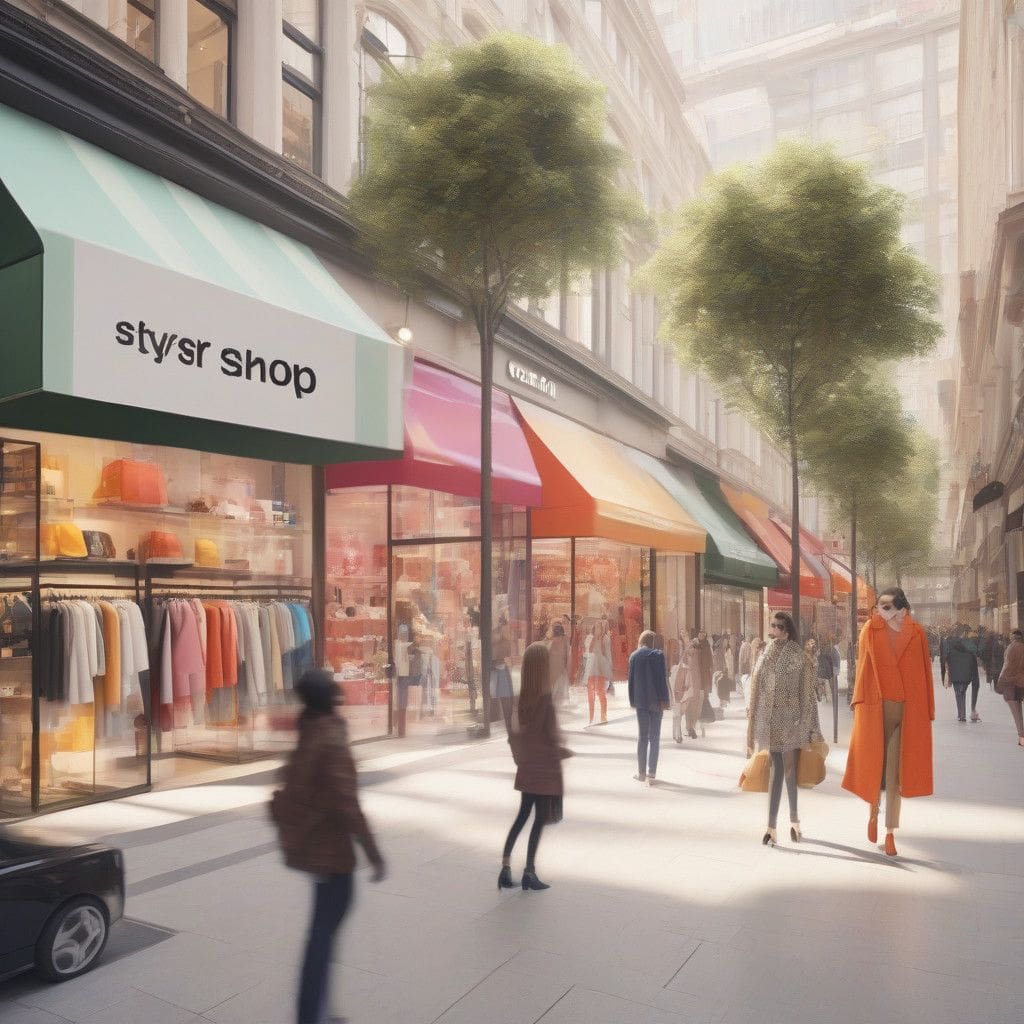In an unexpected turn for the retail sector, US retail sales saw a modest increase of 0.1 percent in August. This rise can largely be attributed to a surge in online purchases, overshadowing mixed outcomes across other retail categories and a notable downturn in receipts at gas stations. These statistics, drawn from the Commerce Department’s latest report, reflect both resilience and underlying challenges in the current economic landscape.
The growth in retail purchases, unadjusted for inflation, followed a revised 1.1 percent gain in July, demonstrating a positive trajectory in consumer spending. When analyzing this month’s figures further by excluding automobiles and gasoline stations, sales managed to advance for a remarkable fourth consecutive month, highlighting a persistent consumer appetite despite broader economic pressures.
Diving into the details of the August report, it is noteworthy that five out of the 13 reported categories experienced an uptick, including strong performances in online shopping platforms. In stark contrast, categories such as electronics, appliances, clothing, and furniture faced declines, signaling a need for businesses to reassess strategies and inventory in response to shifting consumer preferences. Within this context, decreasing receipts at gasoline service stations are indicative of falling fuel prices, which while beneficial for consumers, suggest an evolving economic environment that may affect spending in other categories.
A closer examination reveals that control-group sales, critical for measuring gross domestic product (GDP), saw a more substantial rise of 0.3 percent. This control group removes certain sectors that can distort data—specifically food services, automotive sales, building materials, and gasoline. Their exclusion provides a clearer insight into underlying consumer habits and economic momentum.
For policymakers at the Federal Reserve, these figures highlight a resilient consumer base midway through the third quarter. Despite signals of moderating hiring and wage growth, this data may influence discussions around interest rates and economic strategy moving forward. It indicates an economy that, while navigating various pressures such as elevated borrowing costs and the depletion of pandemic-era savings, remains robust enough to support a degree of consumer spending.
However, experts caution against complacency. While current figures reflect resilience, economists project that factors such as rising living costs and ongoing inflation pressures could prompt American consumers to tighten their belts in a bid to balance their budgets. This potential shift in behavior could have profound ramifications for the retail landscape, particularly for businesses reliant on consistent consumer spending patterns.
Historical data highlights this delicate balancing act. In July, retail sales experienced a promising increase of 1.0 percent, instilling a sense of optimism about economic stability amid fears of a downturn. Yet, the fluctuating employment rates and inflation trends indicate a precarious trajectory ahead for retailers and consumers alike.
Taking a broader perspective, companies are urged to focus on digital transformations, especially as online sales continue to play a vital role in the retail ecosystem. Businesses that prioritize enhancing their online shopping experience stand to gain significantly. For instance, investing in technology to streamline e-commerce operations can help attract more customers and maintain engagement during uncertain times.
In conclusion, while the August retail sales report presents a glimmer of hope, it simultaneously serves as a reminder of the unpredictable factors that continue to challenge the marketplace. Businesses must remain agile, ready to adapt to changes in consumer behavior and economic conditions. The interplay between physical and online retail capabilities will be crucial in navigating the future of consumer sales in an increasingly digital world.












